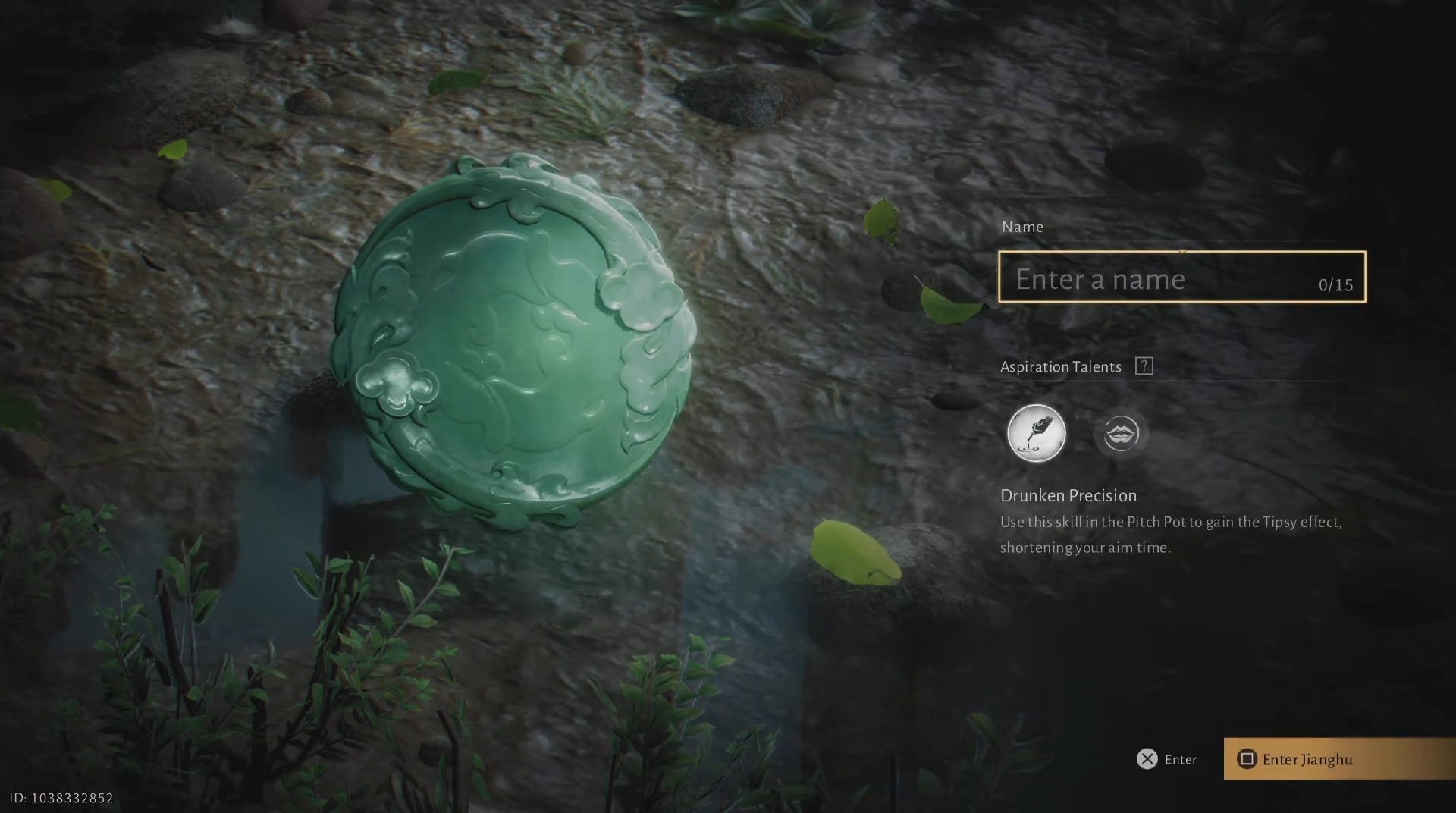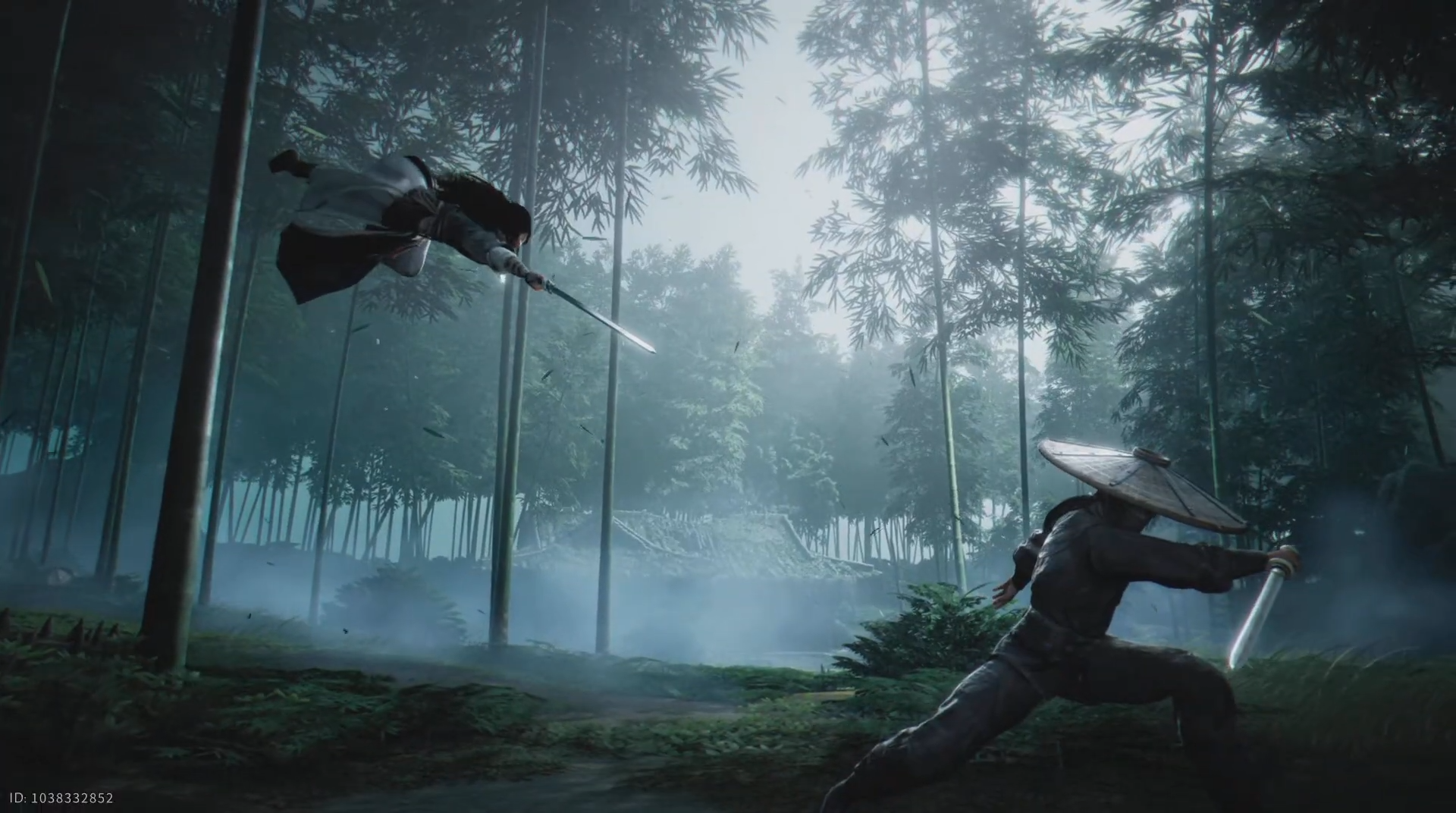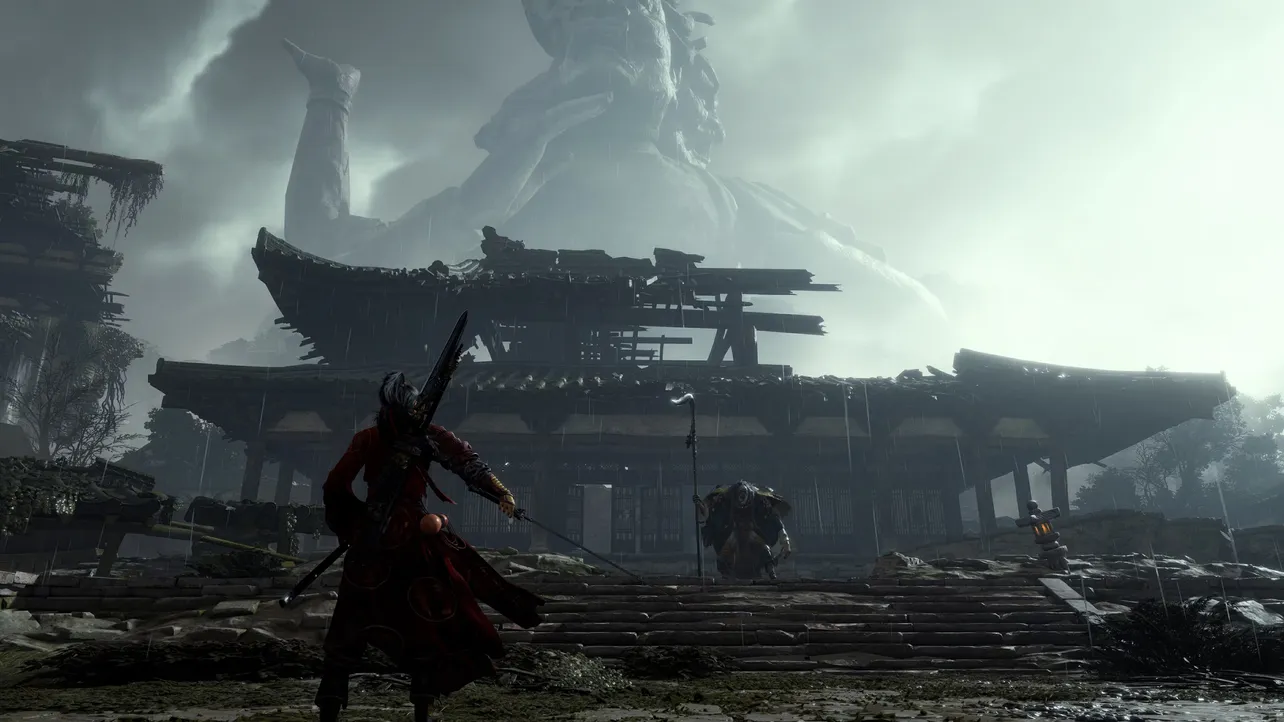When you create a character in Where Winds Meet, the game quickly asks you to pick between two “Aspiration Talents”: Drunken Precision and Rhetoric Edge. The prompt looks like a classic RPG fork in the road, the kind of choice that can lock you into a build for dozens of hours. In practice, it isn’t that dramatic — and it’s only one piece of a much larger talent framework that controls combat tools, exploration skills, and boss-specific bonuses.
This breakdown walks through what the Aspiration Talents do, how they relate to the core talent trees (Basic, Arena, and Boss), and what you should prioritize if you’re just starting out.
Where Winds Meet Aspiration Talents: What they are and what they affect
During character creation, right after you finish sculpting your face and choosing an outfit, the game asks you to pick an Aspiration Talent:
| Aspiration Talent | What it boosts | Best for |
|---|---|---|
| Drunken Precision | Improves your performance in the Pitch Pot minigame, which is based on hand–eye coordination and timing. | Players who struggle with fast aim or quick flicks during side activities. |
| Rhetoric Edge | Gives you stronger results in Gift of the Gab, a debate-style minigame driven by cards and rules. | Players who prefer slower, rules-heavy systems and want help parsing the card mechanics. |
Both of these are narrow buffs. They do not change your combat damage, defenses, or story route. They simply make their associated “Sentient Being” activities — Pitch Pot and Gift of the Gab — easier and more forgiving.

In practical terms:
- If you’re worried about quick reflex challenges, Drunken Precision is the safer option.
- If you find card or board-game style systems overwhelming, Rhetoric Edge smooths out some of Gift of the Gab’s complexity.
And if you are coming from global release commentary: the game eventually grants access to both benefits. The early choice is more of a preview and doesn’t lock you out of anything long term.
How Aspiration Talents fit into the wider talent system
Once you’re in the world and start leveling, Aspiration Talents fade into the background. The real power sits inside the main talent menu under Develop → Talents, where three branches control your growth:
| Talent type | How you unlock it | What it does |
|---|---|---|
| Basic talents | Earned as you level up and from general quests and exploration rewards. | Unlock core mechanics like Wind Senses (seeing enemies through walls), Mystic Arts, extra Mystic Art slots, elemental weapon imbues, and generic stat bumps such as damage and crit bonuses. |
| Arena talents | Gained by playing PvP arena modes. | Improve your effectiveness in player-versus-player fights, giving combat advantages specific to the arena environment. |
| Boss talents | Unlocked by clearing bosses in Sword Trials and Group Dungeons under specific conditions. | Provide targeted offensive, defensive, and strategic bonuses against those bosses, plus meta rewards like bonus loot chances. |
In other words, the Aspiration Talents are only a thematic flourish tied to minigames. The entire rest of your character toolkit — your ability to parry, to fly, to see threats, to slot more Mystic Arts — comes from the main talent trees, your arts (Martial, Mystic, Internal), and your gear.

Basic talents: the backbone of your build
Basic talents are the closest thing this game has to a traditional skill tree. Every time you gain a level, you get a talent point. You can also receive extra points as rewards for certain missions and activities. A notification icon pops up at the bottom of the screen when a new point is available, but you can also open the menu manually at any time.
The Basic tree has a linear spine: you must unlock one talent to reach the next. Some nodes branch into optional side talents that amplify the core effect. A typical pattern looks like this:
- Central node: unlocks a new mechanic or notable stat boost (for example, a critical damage increase or access to a new Mystic Art slot).
- Branch nodes: refine that mechanic with supporting stats (for example, raising crit rate or precision to complement the crit damage gain).
Because the spine is linear, you don’t have much freedom in early prioritization. Everyone is walking the same path, unlocking the same fundamental features in roughly the same order. The branches do give you some choice, but they’re enhancements, not entirely new systems.
In early game, the most impactful Basic talents are the ones that:
- Give you more mobility or traversal tools (synergize later with Lightness skills and flying).
- Unlock Mystic Arts and extra Mystic Art slots, so you can start layering utility on top of weapon movesets.
- Provide general survivability boosts to complement the scarce healing and fragile early-game gear.
Arena talents: PvP-only power
Arena talents sit in their own tab and are fueled by arena-specific talent points earned in PvP matches, not by your regular levels. They exist to keep PvP tuning separate from PvE progression.
Key implications:
- If you only care about the story, exploration, and co-op dungeons, you can ignore Arena talents without missing anything essential.
- If you want to play competitively against other players, you’ll need to treat arena matches almost like a separate progression track and invest those points for advantages in that mode.
Because Arena talents are fenced off, they don’t interact with your Aspiration Talent pick. Drunken Precision and Rhetoric Edge live in minigames; Arena talents live in PvP. They’re entirely separate layers.
Boss talents: targeted bonuses and extra loot
Boss talents are where the game’s talent system gets granular. Each major Sword Trial or Group Dungeon boss carries its own mini-tree. You unlock and level these trees by beating very specific challenges against that boss.
Each boss has three functional talent lines plus a final title node:
| Talent line | General effect | Example objectives |
|---|---|---|
| Offensive | Damage-focused bonuses that ramp up when the boss is Exhausted. | Deflect a set number of attacks within one boss skill cast; catch a tossed teammate; avoid key boss abilities while attacking. |
| Defensive | Reduces damage from signature mechanics or converts damage into healing in niche situations. | Avoid getting knocked back by a specific skill; destroy boss objects; survive special transformation phases without taking certain hits. |
| Strategic | Global damage and healing bonuses for that encounter. | Defeat the boss multiple times in its named Sword Trial or Group Dungeon and claim the associated reward each time. |
| Title node | Flavorful epithet that unlocks once all previous talents for that boss are maxed. | “Formless Seer,” “Coldsteel Armor,” “The Humble Blade,” and similar titles with wuxia flavor text. |
There’s an additional meta-layer: fully upgrading the Strategic lines for specific boss pairs unlocks shared bonus talents that improve your rewards from entire content types. For example, maxing out certain Strategic talents across multiple Sword Trial bosses can give you a chance to gain extra appearance chests when you claim your seasonal Sword Trial rewards. Doing the same for Group Dungeon bosses can add chances for bonus Attune Stones or extra gear.
Fully upgrading all of these bonus talents ultimately leads to a “Custom: Gear Gold Chest,” a reward chest that lets you choose one piece of high-grade gear from a curated pool once you reach a specified Solo Mode level.
None of these Boss talents intersect with Aspiration Talents directly. Instead, they reward mastery of encounter mechanics — deflecting correctly, managing add phases, avoiding environmental hazards — with very specific, repeatable gains against that content and slightly better farming efficiency.
Talents, arts, and gear: how they stack with your Aspiration pick
While talents shape your passive bonuses and unlock core systems, your arts and gear decide how all of that feels in play. The early game loop the designers clearly expect looks something like this:
- Pick your preferred control mode and difficulty, then finish the opening story segment.
- Learn to parry and dodge while watching Qi bars (both yours and enemies’), using Executes when foes are Exhausted.
- Unlock and test Martial Arts (weapon styles), Mystic Arts (active abilities), and Internal Arts (passives) as you progress through Qinghe and beyond.
- Equip whatever gear gives you the strongest raw stats at first; worry about set bonuses and Tuning later.
- Use talents to unlock systems like Wind Senses, extra Mystic Art slots, and elemental imbues, layering them onto chosen weapons and Internal Arts.
Some specific connections worth calling out:
| System | What you gain | Early-game impact |
|---|---|---|
| Basic talents | Access to core utilities (Wind Senses, extra Mystic slots, imbues) and generic stat bumps. | Makes exploration safer, gives you more buttons to press in combat, and smooths out damage and survivability. |
| Martial Arts | Distinct weapon-based movesets and roles. | Defines your playstyle; you’ll eventually want at least two styles, often including one with healing tools. |
| Mystic Arts | Powers like Touch of Death, Veil of Stillness, and Heavenly Snatch that add stealth, assassination, or utility. | Enables skill theft, outpost stealth, ranged item grabs, and puzzle solutions beyond raw DPS. |
| Boss talents | Targeted buffs vs. specific bosses and extra chance at dungeon or trial loot. | Incentivizes replaying bosses properly rather than brute-forcing them, especially if you want long-term farming value. |
| Aspiration Talents | Slightly easier Pitch Pot or Gift of the Gab minigames. | Improves quality-of-life in niche activities; negligible effect on your main combat or build. |
What to prioritize as a new player
Putting all these layers together, the hierarchy of importance is clearer than the character creation screen suggests.
| Priority | What to focus on | Why it matters more than Aspiration Talents |
|---|---|---|
| 1 | Basic talents and story progression | They unlock key mechanics, extra skill slots, and exploration tools, and they’re tied to your level and world access. |
| 2 | Martial, Mystic, and Internal Arts | They define your actual playstyle, your ability to steal skills, and your core combat kit. |
| 3 | Gear with strong raw stats | Survivability is tight early on; stat spikes matter more than perfect set bonuses or Tuning at first. |
| 4 | Boss talents for content you repeat often | They make farmable bosses less punishing and improve the rewards you get for time spent. |
| 5 | Arena talents (if you enjoy PvP) | They’re crucial in competitive modes but irrelevant if you ignore the arena entirely. |
| 6 | Aspiration Talents | They influence only two minigames and are effectively preview choices rather than build-defining decisions. |
So when you see “Drunken Precision” and “Rhetoric Edge” for the first time, don’t stress about long-term consequences. Pick the one that matches the kind of side activity you’re more likely to struggle with or enjoy, and move on. The systems that drive your character’s power sit deeper in the Talents menu and in the arts and gear you unlock as you explore Jianghu.
Once you understand that, the character creation screen stops being a trap and becomes what it really is: a small flavor choice on the way to the systems that matter.

